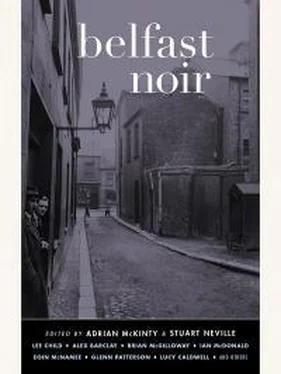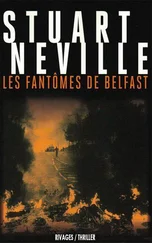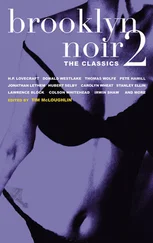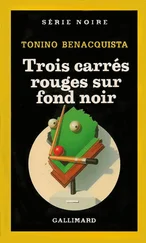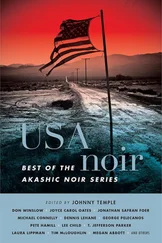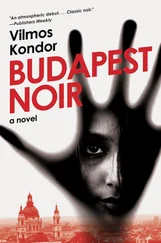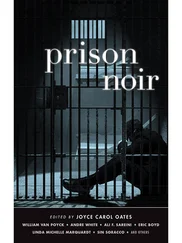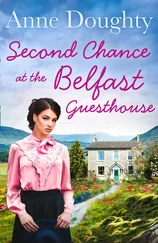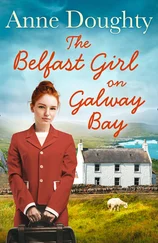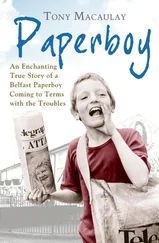“What do you think?” asked Mr. O’Neill.
“I think he’s foolish turning down six months. But if he says he’s innocent, we’re obligated to take his instructions and do our best to challenge the prosecution. We just need to sow some reasonable doubt in the minds of the jury. Easier said than done.”
My instructing solicitor was in his midtwenties, passionate, and skilled. As a young lawyer he still worried about his clients, about their lives, about their fate. He hadn’t yet learned the self-preservation of detachment, but having said that, I too felt deeply worried for Mickey because I believed him to be innocent. And that creates its own unique pressure.
* * *
A low December sun glimmered from the revolting face of Belfast’s latest office building—a monstrous mixture of ugly metal and concrete newly adorned with To Let signs partially obscured the view of the Waterfront Hall which was, by contrast, a beautiful structure.
It was all part of the new Belfast.
Following the Good Friday Agreement, the state had either pulled down or let rot their old institutions of justice such as the Crumlin Road Courthouse, the Maze Prison, and the old Petty Sessions building, as they were seen by some as houses of oppression, as monuments to the past conflict, and reminders of the horrible, public wounds we had visited upon one another. Now, in this part of the city centre, it was all about the new grey, the new shining pillars of justice and rejuvenation; as if the city was wiping itself clean and starting afresh. So the new Laganside Courthouse had been erected, officially opened, officially declared too expensive, and officially left to deteriorate. It sat opposite the Royal Courts of Justice and the Bar Library—both clothed in sterile, neutral, independent stone, brick, and glass.
That was how it had to be.
The city centre had to be for all religions, and so the ubiquitous, shining grey had quickly become the nascent colour. Whereas the Ardoyne rejoiced in tricolours and every shade of green, so too the Shankill kept their houses and kerbs in the Union Jack, and each side of the divided city painted their gables and drenched themselves in the rich colours which formed their history, their protection, their identity, their flag, and they lived under the terrible weight that came with it.
In Belfast, colour was joyful, territorial, and frightening. And so the heart of the city embraced a comforting blanket of grey. That grey served as my comfort too, my goal in every case; it was my job to shade the prosecution’s black-and-white into wonderful, doubtful grey. Whilst I sought out that pallid doubt, I too remained colourless, cloaked in grey, so that I could invite all people from every shade of the conflict to my door.
“Come on,” said Mr. O’Neill, “we’ll seat the jury.”
* * *
“Appearances, gentlemen,” said Her Honour Judge Henrietta Booth, a rather plump woman with a keen legal brain and about as much common sense as a root vegetable.
“I appear for the Crown,” said David Fossett QC.
“If it please Your Honour, I appear for Mickey Fu . . . er . . . I mean, I appear for the defendant, Mr. Flannigan.”
Court Fourteen in Laganside sat at the top of the house. The courtrooms of the fourth floor were reserved for the most serious of criminal trials, and the sheer size of the rooms added drama and gravitas where none was needed. A small public seating area at the back of the court seemed almost an afterthought to the designer. The space was reserved for the accused in a long dock which could hold perhaps twenty defendants and then three rows of legal benches: solicitors at the back, junior barristers in the middle, and Queen’s counsel closest to the highly elevated judiciary. If you sat in the public gallery, even if you were able to see around the dock, the judge would appear as if he or she were sitting atop Mount Olympus.
Jury selection isn’t what it used to be. In the last few years the government had done away with the defendant’s right to challenge the selection of a juror without cause. Prior to the change, one would be supplied with a list of potential jurors which included their names, addresses, and occupations, and the defendant enjoyed the privilege of challenging up to twelve jurors without having to state a reason. The challenges normally took the shape of a religious parade; one would not want Billy Wilson from the Woodstock Road sitting as a juror when the defendant was Bridie Connolly from the Lower Falls. This perceived religious bias was not enough for a challenge for cause anymore. Since the change in the law the defendant can only challenge for just cause and jurors are selected anonymously, by number, at random. Justice by lottery.
With twelve random souls seated, the prosecutor, Mr. Fossett QC, opened the case for the Crown. Fozzy, as he was known, bore a startling resemblance to a flustered duck. As he reached his peroration, his robes fluttering with bold sweeps of his arms and his yellow jowls flapping about his pouted lips, he told the jury that the defendant’s DNA had been found in a droplet of blood smeared on a photograph discovered beside the body of the late Mr. Stoke. He continued, “The photograph, ladies and gentlemen, is of the deceased’s wife, Elizabeth Stoke, but that need not concern you. What is of concern is the blood. It is the prosecution’s case that the victim was probably holding the photograph when he was attacked and bludgeoned to death by the defendant. In the ensuing struggle, as Mr. Stoke fought bravely for his life, he must have injured the defendant in some way and the defendant’s blood found its way, quite by chance, onto the photograph, leaving for you, members of the jury, the key to the identity of the killer.”
I flipped open my brief and found a copy of the photograph. Betty Stoke had been an attractive woman; she stood in the sunlight, on a wintry beach, hugging her coat about her beneath a dark sky. She looked happy. Fozzy wasn’t interested in the photograph itself, or why the deceased might have been holding it, but that became the key question in my mind and one which I felt might hold the answer to my client’s case.
Fozzy let his last statement sink in before finishing his speech with a final and surprising nail in Mickey’s coffin: “Members of the jury, the motive for this brutal killing is known. The killer believed the victim to be a police informant. You will see, in photograph four, the living room where the deceased was found. Scrawled on the wall, in fresh paint, is the word tout . The paint was obtained from the airing cupboard in between the kitchenette and the living room. Photograph five is a picture of the open airing cupboard where we believe the paint to have been stored. The jury will note, as I have already stated, that the defendant initially denied ever having met the deceased. Yet, members of the jury, the defendant’s thumbprint was found on the inside of the airing cupboard door, left there, we say, in a moment of carelessness whilst he fetched the paint to scrawl the motive for his heinous crime on the living room wall for all to see . . .”
I was on my feet in a flash. “Your Honour, a matter has arisen.”
Judge Booth sent the jury out.
“Fozzy, you fuck, you’ve not served any forensics on a fingerprint,” I said, fuming.
“Oh, haven’t we? I’m sure that I directed service. The partials obtained during the initial investigation have only just been matched with your client. We found some partials on the photo too, but not enough for a match to your man. After the DNA hit I directed a full forensic review. You know what the cops are like—they get a DNA match and they think they’re home in a boat.”
“Gentlemen?” said Judge Booth.
I explained that the fingerprint evidence had not been served. Fozzy apologised and a prosecutor handed me a brown envelope containing the forensic report. Even though it had not formed part of discovery, it was relevant and there was no way of excluding it.
Читать дальше
